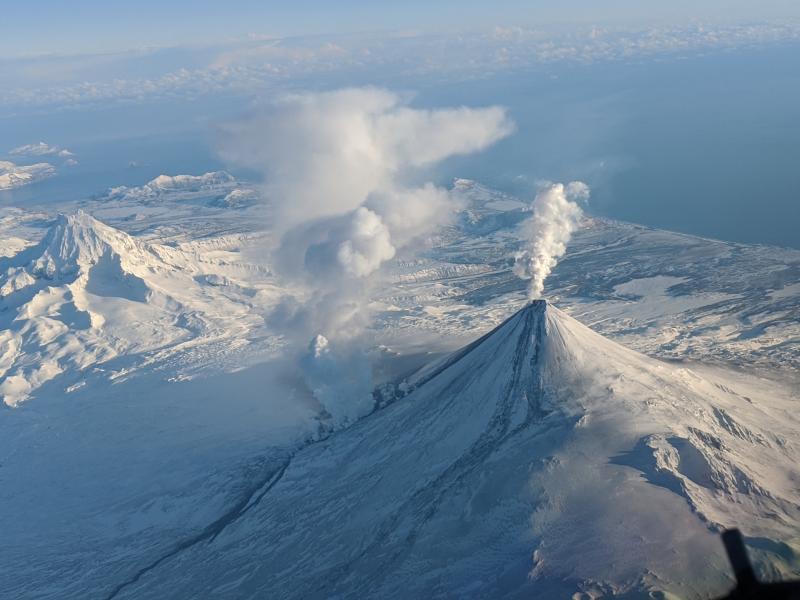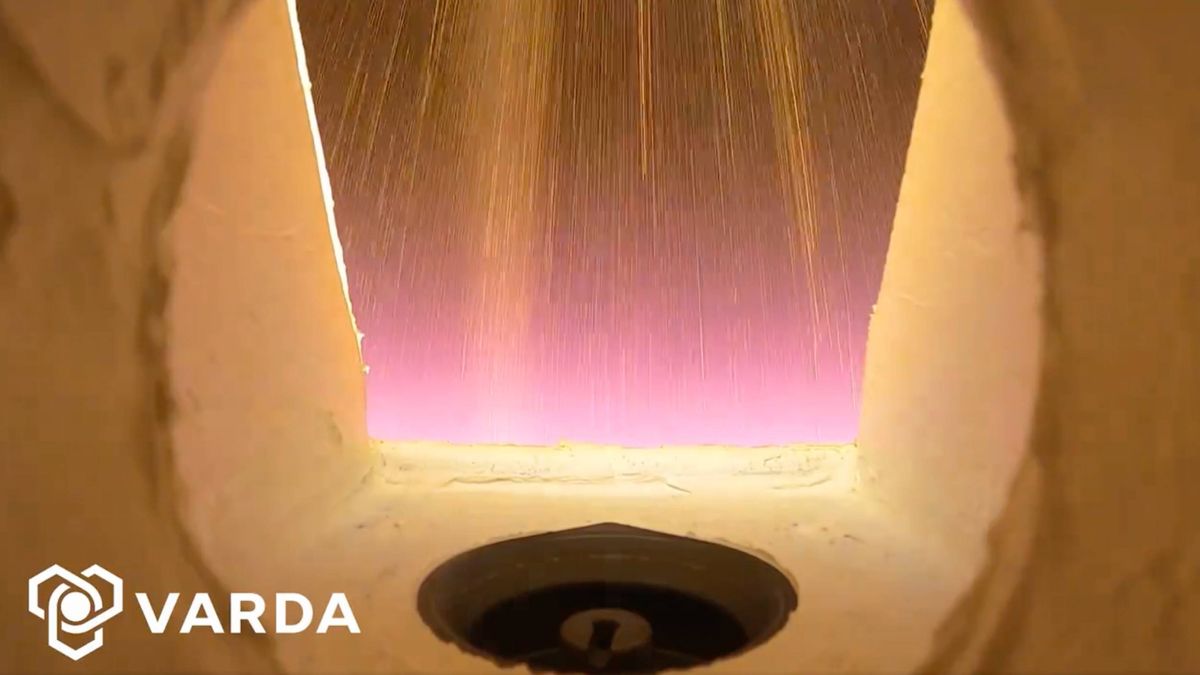Shishaldin in Alaska is a remote volcano by any standard. Less than 200 people live within ~60 miles of the edifice in the middle of Unimak Island, you’d be hard pressed to find many people who have seen the picturesque stratovolcano with their own eyes. Yet, like many things that might seem distant and unimportant, eruptions at volcanoes like Shishaldin are well worth noticing and monitoring thanks to the paths we have created around our planet.
Turns out that Shishaldin may have been more noticed than we might think. Its Aleut name (Sisquk) means “mountain which points the way when I am lost” and the nearly perfect cone definitely stands out in a crowd. These days, few people frequent the area near the volcano … with one major exception.
Trans-Pacific airline pilots have likely seen Shishaldin, hopefully when it was not erupting. Not only being the tallest of the Aleutian volcanoes, Shishaldin is likely the most active of the bunch. This makes it a significant hazard to aircraft that fly over the Aleutians on their ways to Asia, North America and over the North Pole (especially now with Russian airspace closed to many air carriers).
Air routes over Alaska with the many potentially active volcanoes of the state shown as dots. Credit: USGS.
Volcanic ash is made of volcanic glass, crystals and rock fragments. You can imagine that a jet engine on a typical long-haul commercial aircraft might suck in at least 100-400 kilograms of air per second at cruise. At an average flight level of 40,000 feet, that works out to around 170,000 to 680,000 cubic meters of air going into one engine per second of flight.
The International Civil Aviation Organization (ICAO) has set the limit for maximum volcanic ash in the air for commercial aircraft at 4 milligrams per cubic meter. That’s not a lot! You might say why are we being so cautious? That’s like 4 paper clips in something the size of a washing machine.
Scanning electron microscope image of volcanic ash (light) from the January 2020 eruption of Shishaldin in Alaska. Credit: Fiona Eberhardt, Alaska Volcano Observatory.
Turns out those paper clips add up fast. Start with those 4 mg of ash as the concentration at the ICAO’s upper limit for volcanic ash. If a 787 is passing through an ash cloud over the Aleutians during a large eruption, its engines would suck in 2 kilograms of ash per second. If it stayed in the ash for 30 minutes, it might end up pulling in over 200,000 kilograms of ash!
Now, not all that ash causes problems. Big commercial jets use bypass engines, so maybe 20% of that ash actually goes into the part of the engine that produces combustion. That would be 44,000 kilograms of ash in 30 minutes. That’s enough to scare the pants off of any pilot.
Ash is bad news for big jet engines. That’s because the ash will melt in the engine, potentially clogged fuel intake lines and other vital parts of the engine. Do that and the engines stall and your jet has become a very large and ill-designed glider. The ash will also abrade moving parts in the engine.
The massive GEnx-1B engine on an Air India 787, taken in 2014. Credit: Julian Herzog, Wikimedia Commons.
Thankfully, the few times we know this happened the pilots were able to overcome the problem by flying under the ash and repeatedly trying to restart the engines. Military jets that flew in Eyjafjallajökull ash showed significant molten volcanic ash in their engines after even briefly flying through invisible volcanic ash over Europe in 2010.
The Alaska Volcano Observatory in Fairbanks is tasked with monitoring the over 100 volcanoes in Alaska (plus helping out even now with the Russian volcanoes in Kamchatka). Shishaldin awoke after a few years of quiet this month and it did so in spectacular fashion, sending ash over 36,000 feet above the volcano. Ash rapidly spread with the winds. This was all preceded by a small spatter cone of lava forming in the summit crater.
Shishaldin in Alaska erupting in July 2023. A small ash plume is sending ash to the southeast. Credit: Chris Barnes, Alaska Volcano Observatory.
Shishaldin is one of six Alaskan volcanoes are elevated alert status, including Great Sitkin (Orange/Watch), Aniakchak (Yellow/Advisory), Cleveland (Yellow/Advisory), Semisopochnoi (Yellow/Advisory) and Trident (Yellow/Advisory). Some of these volcanoes have been at elevated alert for years, so Shishaldin might not be fleeting visitor to the list.
Even so, AVO has an array of remote monitoring tools at its disposal, including webcams, seismometers, infrasound (low frequency noises) and satellite imaging to watch to see what Shishaldin and many of the other volcanoes are doing.














